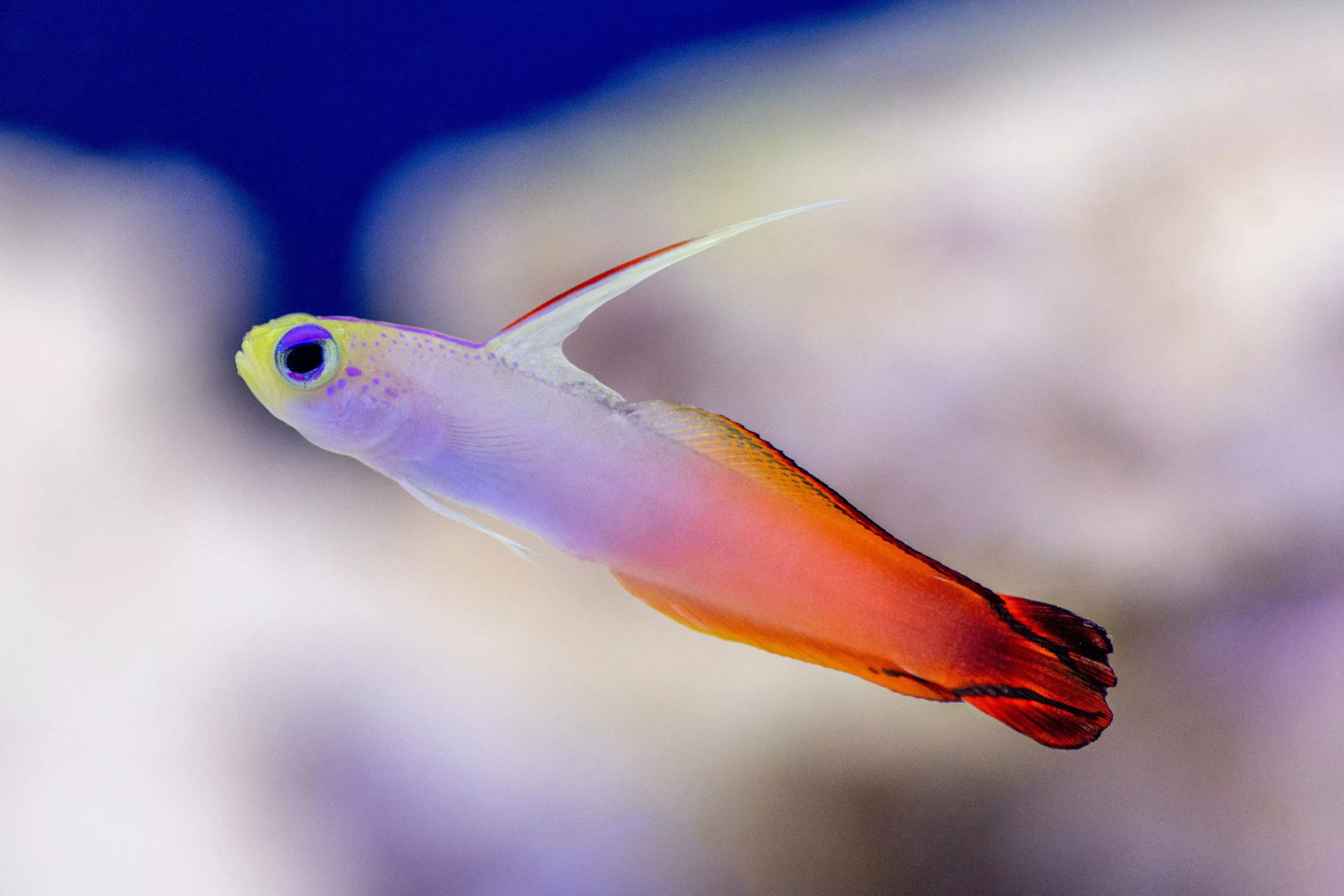Creating a thriving reef aquarium requires careful selection of fish species that promote both aesthetic appeal and ecological balance. While many fish species contribute positively to the marine environment, not all are suitable for reef settings, especially when considering their feeding behaviors and tank requirements. This article explores various fish species that are typically reef-safe and discusses their individual characteristics, community interactions, and care needs.
Angelfish are among the most colorful and captivating inhabitants of reef tanks. However, their suitability greatly depends on the species selected. Smaller angelfish, particularly the dwarf varieties, can integrate well into larger reef tanks, provided they are adequately fed. Notably, the Japanese Swallowtail Angelfish (Genicanthus melanospilos) stands out as a genuinely reef-safe option, refraining from harming corals and other invertebrates, thus making it a top choice for hobbyists.
Other reef-compatible angelfish include the Coral Beauty Angelfish (Centropyge bispinosa) and the Lemonpeel Angelfish (Centropyge flavissimus), known for their vibrant colors. It’s crucial for aquarists to ensure that even the smaller angelfish are introduced into well-established environments. In smaller tanks, these fish may display coral-picking behaviors, especially if their nutritional needs are not met.
Conversely, larger species such as the Emperor Angelfish (Pomacanthus imperator) are best avoided in reef tanks due to their tendencies to consume corals and shrimp. Understanding the specifics of each species helps mitigate potential conflicts while creating a harmonious aquatic environment.
Clownfish are familiar figures in household aquariums, known for their symbiotic relationships with anemones. However, not all clown species are ideal for a communal reef tank. The False Percula Clownfish (Amphiprion ocellaris) and True Percula Clownfish (Amphiprion percula) are among the more docile varieties, making them excellent candidates for shared spaces. Yet, caution is warranted as some, such as the Maroon Clownfish, can exhibit aggressive traits that lead to territorial disputes.
These playful fish thrive in environments where they can express natural behaviors, such as hosting within anemones or establishing their territories. Providing ample space and an appropriate selection of anemones can enhance the well-being of clownfish within a reef community.
Gobies and blennies are fascinating additions to reef tanks. Generally considered reef-safe, gobies serve an ecological purpose by consuming algae and small invertebrates, thus keeping the tank clean. For instance, the Diamond Watchman Goby (Valencienna puellaris) excels in sifting sand and preventing the accumulation of harmful substances, promoting a healthier habitat.
Blennies, while equally engaging, require specific dietary management to ensure their needs are met. They can have varied personalities, with some species exhibiting boldness while others are more reclusive. Understanding the nuances of each species facilitates successful integration into reef systems.
Surgeonfish are another vital component of reef ecosystems. Being primarily herbivores, they graze on algae, helping to maintain balance within the tank and preventing algal blooms. Examples such as the Yellow Tang (Zebrasoma flavescens) and the Pacific Blue Tang (Paracanthurus hepatus) are popular selections for their striking appearances and essential roles in maintaining algae levels.
However, because many surgeonfish can grow to significant sizes, it is essential to consider tank capacity and future growth when selecting these fish. Planning for their adult size can prevent overcrowding and ensure a comfortable living environment.
The key to a harmonious reef tank is the thoughtful integration of species that complement each other while fulfilling their ecological roles. Beyond simply selecting visually appealing fish, aquarists must consider compatibility, feeding habits, and space requirements.
Choosing fish with different dietary needs and environmental roles can help mitigate aggression while fostering a lively and dynamic underwater landscape. Schools of damselfish like the Green Chromis (Chromis viridis), which are known for their iridescent colors and peaceful demeanor, offer a vibrant touch to any reef tank.
Setting up a successful reef aquarium is an art that demands research, patience, and understanding of marine biology. By carefully selecting fish species that are reef-safe and compatible, aquarists can create a thriving ecosystem that mimics natural marine environments. The journey of maintaining a reef tank is not only about beauty but also about nurturing a balanced and sustainable aquatic community for years to come.

